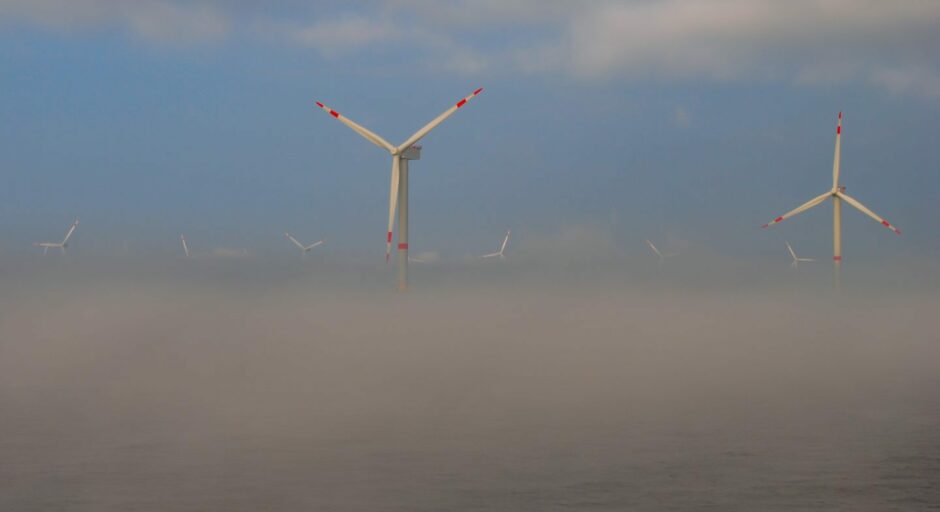
It is fair to say 2023 has been a tough year for the wind turbine industry. After years of exceptional growth, accelerated technology innovation and declining costs, the sector was hit with multiple challenges sending ripples of delays and doubts.
But it also offered the sector a rare opportunity to reset in order to become even bigger and stronger in 2024. The drive towards greater use of digitisation is key to improving reliability, greater efficiency and tackling supply chain challenges.
Digital solutions will enable better decision-making and scheduled O&M (Operations and Maintenance) for the industry. The move from labour-intensive – and riskier – manual inspections of components to accurately predicted digital ones have rescued £500 million annually in potential lost revenue for the global wind industry.
When it comes to supply chain problems and OEM challenges, a survey of leading industry players by ONYX Insight earlier this year revealed operators citing lengthy delays on new projects due to longer lead times for the supply of new turbines and significant price increases. For major components lengthy delays are leaving turbines offline for extended periods.
Whilst these issues are creating challenges to operations teams, the biggest impact has been on OEMs, as evidenced in their some of the financial results posted in 2023. Other issues include the escalating costs of new developments exacerbated by inflation and post-C19 supply chain challenges.
In the UK, offshore wind projects stalled in 2023, due in no small part to the impasse between government and developers which to led to the fifth round of Contract for Difference licences not being picked up. The Government was quick to recognise the importance of UK offshore wind in reducing the energy costs and came back with revised guaranteed power prices, which should be attractive enough to entice operators to re-engage. This is crucial if we want to accelerate projects next year.
All major infrastructure projects have faced rises in financing and supply chain costs. Nonetheless, renewables remain the lowest cost means of generating the new electricity we need.
It is important to bear in mind that long-term fundamentals for global wind remain strong. Timelines have shifted however, with projects in the US and China experiencing delays – caused by economic and policy uncertainty in the US and stricter permitting environments in America and China. This has contributed to a small drop of 2% in global wind capacity as we enter 2024, according to analysts Wood Mackenzie.
The industry knows that too fast acceleration of size and turbine technology, and an overcommitment to ‘targets’ have affected the industry’s ability to scale sustainably. The transfer of knowledge and technology as well as innovation will be important in maturing the wind industry and, more broadly, the energy landscape.
Greater digitalisation of Predictive Maintenance (PdM) is key to improving cost management and better decision making. By adopting new technologies, wind turbine owners and operators can avoid catastrophic failures, can extend the life of turbine components, and maximise the efficiency of operations ultimately delivering sustainable energy to consumers at the lowest cost.
ONYX is working to develop the next generation of monitoring systems that will deliver an end-to-end set of tools for operators to achieve even greater efficiency and profitability of their assets.
New technology can ultimately bring renewed confidence to the industry. Taking away potential costly unknowns is essential if the industry is to continue attracting investment and keep wind as a significant player in the fight against climate change.
Dr Evgenia Golysheva is VP Strategy and Marketing at ONYX Insight – the largest independent provider of software, sensing and engineering predictive maintenance solutions for Wind industry.
Recommended for you
